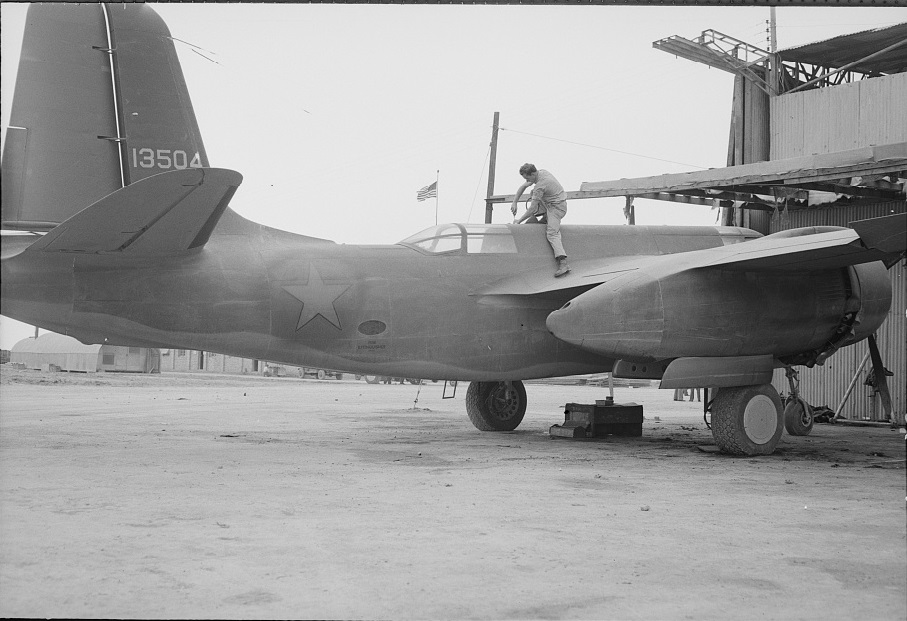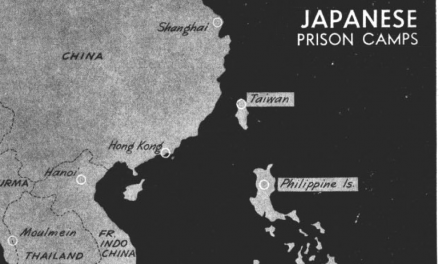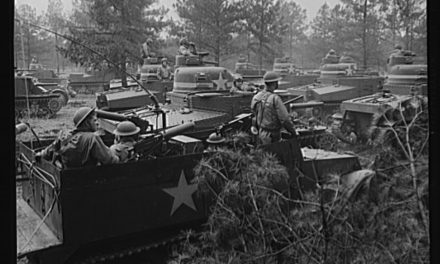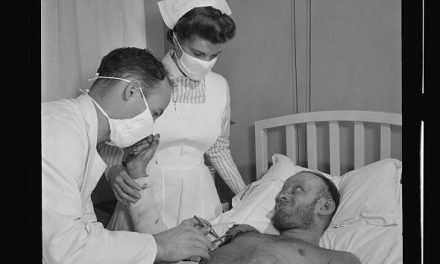“On the ninth of May I knew that, that was the last day that I was going to live.”
Robert Phillips, an aircraft technician for the Army Air Corps, fought off several Japanese soldiers on that day in 1942, trying to merely survive.
Phillips enlisted into the Army in 1939, before the U.S. entered the war. Growing up in rural North Dakota he dreamed of working with aircraft. The Army sent him to aircraft mechanics school, in Illinois.
“They needed me and they were willing to train me, and I gave them their full value, and I loved it all,” Phillips said
He was at mechanic school until early 1940, when he had a choice of where to be stationed, either somewhere in the U.S., or the Philippines. The Philippines always called out to him. The next day, he was off to Clark Field awaiting orders.
“There was a list for the Philippines, and I was a shutterbug along with the aircraft aficionado, and Kodachrome was kind of new. I could picture myself on the beaches with palm trees hanging over the water,” Phillips said. “From North Dakota that was quite a dream, and I thought, ‘Gee, I could take the best pictures in the world, work on the best aircraft in the world, and just do it.’”
His romanticized view of the Pacific would change a year later.
“It was Monday, the 8th of December, Sunday, the 7th in Hawaii,” said the mechanic. “That was when I was awakened early and went out to my airplane on the flight line. The radio was talking about Pearl Harbor being attacked.”
The Japanese did not waste time, invading the Philippines soon after.
“I can see bombs falling, so, I decided to crawl under something,” Phillips said. “My airplane was parked along the jungle, across from the barracks, and I dived under the best-looking thing I could find it was a trailer. Not paying any attention to it, I realized after the raid was over, it was a gas trailer. You just do it. Not always the smartest thing, but you do what you can.”
The airfield was furiously bombed, destroying the dirt runway, and many of the planes with it. Phillips left the base, into the dense jungle, hearing nightly bombing raids, on the island.
“With the trusty old 7954 Springfield rifle, I was posted along the trail, and I knew I was going to die there, and I just wanted to get as many of them as I could.”
After months of enduring the raids, the forces in the Philippines surrendered and Phillips was about to enter hell.
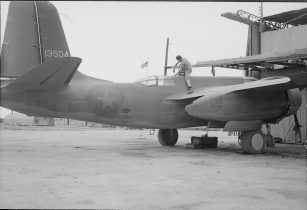
An airplane mechanic for the U.S. military—the job that Robert Phillips had before being taken prisoner by the Japanese. (Photo by Nick Parrino, from Library of Congress)
He was at Camp 29, a Japanese POW camp, where he was forced against his will to pick pineapples for Japanese troops to eat. Everyday Japanese soldiers would test the fruit, and if it was not absolutely perfect, each person in the field would be whipped. The American soldiers were huddled in huts, and extremely cramped quarters.
“The laborers for the pineapple plantation lived in Nippon huts and were kept in groups of houses, scattered all over the place, so they didn’t have to spend all day walking to work,” Phillips describes. “And I remember being packed into the holds, in these shelves that they put in there. To the point where I couldn’t find a place to pack myself in, until a soldier jabbed me with that bayonet. Suddenly there was a hole. You just do it, find a way.”
The camp was brutal. After spending time at one part of the camp, the prisoners were forced to walk miles, to a different camp, in what Phillips described as a “Death March.” In the heat of the jungle, it was not uncommon for other prisoners to drop dead. The soldiers were ordered to keep going and leave their comrade to die.
“We grew some sweet potatoes, or at least we planted them, but, by the time they got ready to eat, some of us started shipping north,” Phillips said. “By September I was headed for Manila, Bilibid Prison there.”
Phillips did this for months: getting up, working long days, marching, seeing friends die in front of him. He decided that he had had enough and would try to break out of the camp.
Phillips waited until it was dark. He had only enough supplies to make it out of the camp. He left without turning back to see the horror he went through.
“I just remember running,” the escapee said. “I wanted to be as far away from that camp, as I could possibly be.”
Phillips spent weeks traversing the jungle until he reached the port city of Limay. He walked around the port looking for anyone to take him away from his personal hell.
After hours, he came across fishermen who knew where a few American ships were located.
“I didn’t know if I could trust them,” he explained. “I just got on the boat, hoping for the Allies.”
The boat reached American ships near Subic Bay. When the lead commander saw him he ordered the ship to take him to the port.
“It was about twenty kilometers down from Subic Bay and brought up there awaiting air transport to Australia,” he recounted.
When he arrived in Australia, they flew him back to the U.S. After his experience, he wishes to become a minister, because of the acts of love from the fishermen.
“Thank God for those Filipino fishermen back in Limay,” he said. “If it weren’t for them, I would be dead today.”
Source:

